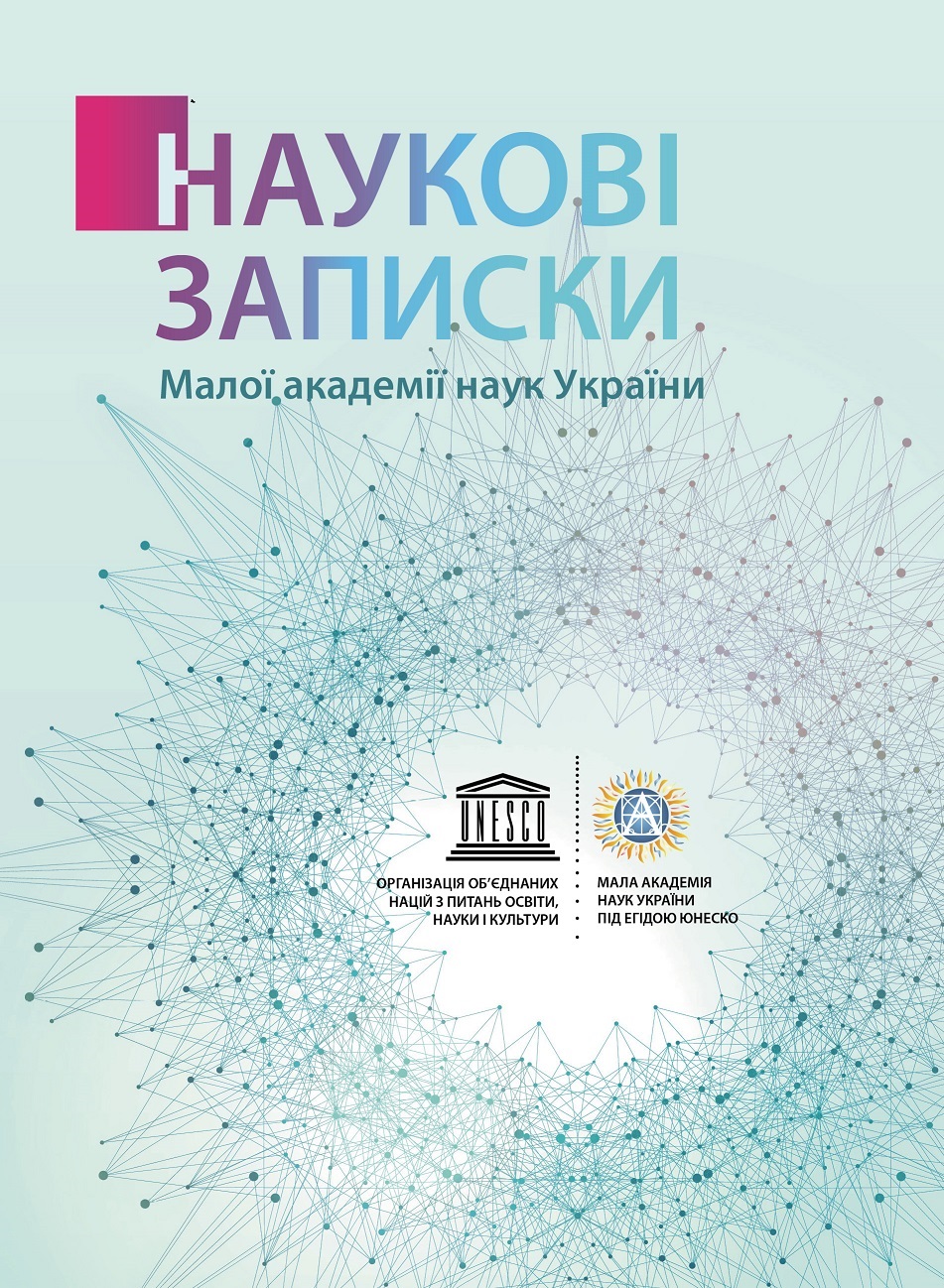STEM PROJECT IN THE SYSTEM OF STUDENT YOUTH PROFESSIONAL ORIENTATION
DOI:
https://doi.org/10.51707/2618-0529-2020-19-01Keywords:
STEM-education, professional orientation of youth, project activity, STEM-projects, STEM-literacy, principles of STEM-projects.Abstract
The article contains theoretical and methodological principles of research results, which is related to the problem of a professional orientation of student youth in connection with the introduction of STEM-education in educational institutions. Studying the essence of the problem and finding possible ways to solve it helped to clarify the features of STEM-projects, the principles of their application, the algorithm of actions of teachers and students, the formation of STEM-literacy. The purpose of professional orientation is self-determination of the individual, a conscious choice of profession, which allows a person to become a highly qualified specialist. Accordingly, the introduction of STEM-education in educational institutions will promote the self-determination of young people, as the purpose of STEM-education is to form and developmental, cognitive and creative qualities of young people that determine their competitiveness in the labor market. The principles of STEM-project construction are as follows: integrity is the association and interaction of educational and research activities of students; continuity is the process of long-term vocational education. A feature of the project STEM-activity is the collective work of student youth. Diversification of educational projects allows to involve students with different abilities. Educational and research activities of students unfold in the following sequence; study of the problem; formulation of hypotheses; planning of educational actions; data collection (facts, observations, evidence); analysis and synthesis of collected data; construction of conclusions and generalizations, protection of STEM-project. Thus, the implementation of STEM-projects in educational institutions will contribute to the effective solution of problems and tasks of career guidance work.
References
Glossary of STEM education terms (2020). Retrieved from : http://ontology.inhost.com.ua/index.php?graph_uid=1347 [in Ukrainian].
Horbenko, S. L., Vasylashko I. P. (2020). Developmentof STEM-education directions in the system of inclusive education. Aktualni pytannia korektsiinoi osvity (pedahohichni nauky), 16, 1, 81–92. DOI: 10.32.626/2413-2678.2029-16.81-91 [in Ukrainian].
Kashkarova, L. R. (2012). Vocational guidance and professional selection. Berdiansk : BSPU [inUkrainian].
Koshelev, V., Hrynko, V. (2018). Educational stream project in the course of mathematics of pedagogical higher educational establishment. Molod i rynok, 11 (166), 100–104 [in Ukrainian]. DOI: 10.24919/2308-4634.2018.152098.
Patrykeieva, O. O., Horbenko, S. L., Lozova, O. V., Vasylashko, I. P. (2019). Organization of STEMeducation in educational institutions. Problemy osvity, 91, 109–115 [in Ukrainian].
Polikhun, N. I. et al. (2019). Introduction of STEM-education for gifted students under the condition of integration of formal and informal education. Kyiv : Institute of Gifted Child NAESU [in Ukrainian].
Neporozhnia, L. V. (2018). Formation of naturalscientific competence of high school students in the process of teaching physics. Kyiv : KONVI PRINT [in Ukrainian].
Downloads
Published
How to Cite
Issue
Section
License
Copyright (c) 2021 Scientific nontes of Junior Academy of Sciences of Ukraine

This work is licensed under a Creative Commons Attribution 4.0 International License.













